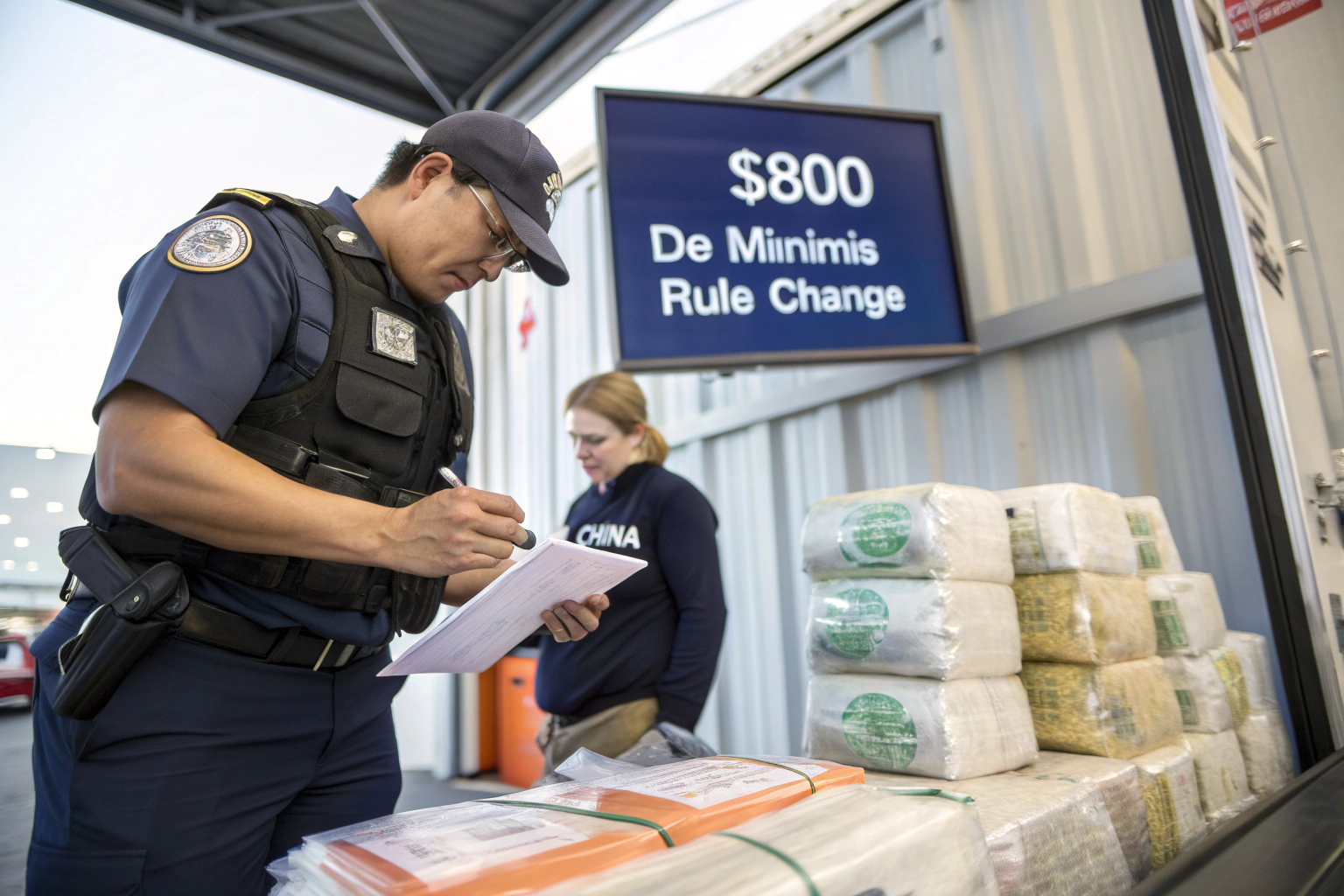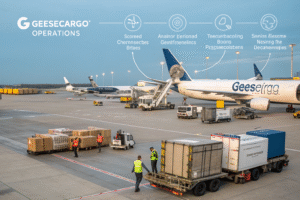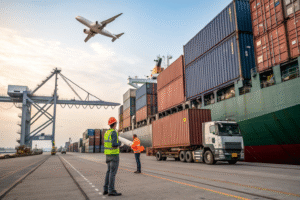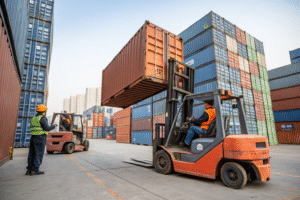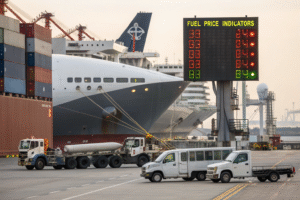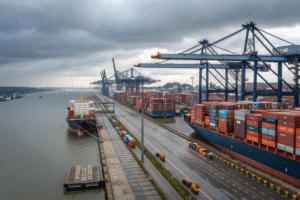For years, the $800 de minimis threshold gave U.S. importers a tax-free way to bring in low-value goods. Apparel, accessories, and gadgets from China often entered under this limit without paying duties. But in mid-2025, everything changed.
Due to tightened enforcement and new legislation, almost all China-origin shipments are now taxable—regardless of value. This includes B2B and D2C orders under $800, especially when they involve consolidated shipping or frequent deliveries.
If you're importing clothing, gifts, or fashion accessories from China, this change affects your landed cost, pricing strategy, and compliance risk. Here’s what happened—and how to adjust.
What Exactly Is the $800 De Minimis Rule?
The de minimis rule allows goods valued at or below $800 to enter the U.S. without paying duties or taxes under Section 321 of the Tariff Act.
It was intended for occasional, low-risk imports—not frequent commercial shipments. But Chinese sellers and consolidators used it to bypass duties at scale. This drew attention from lawmakers and U.S. manufacturers.
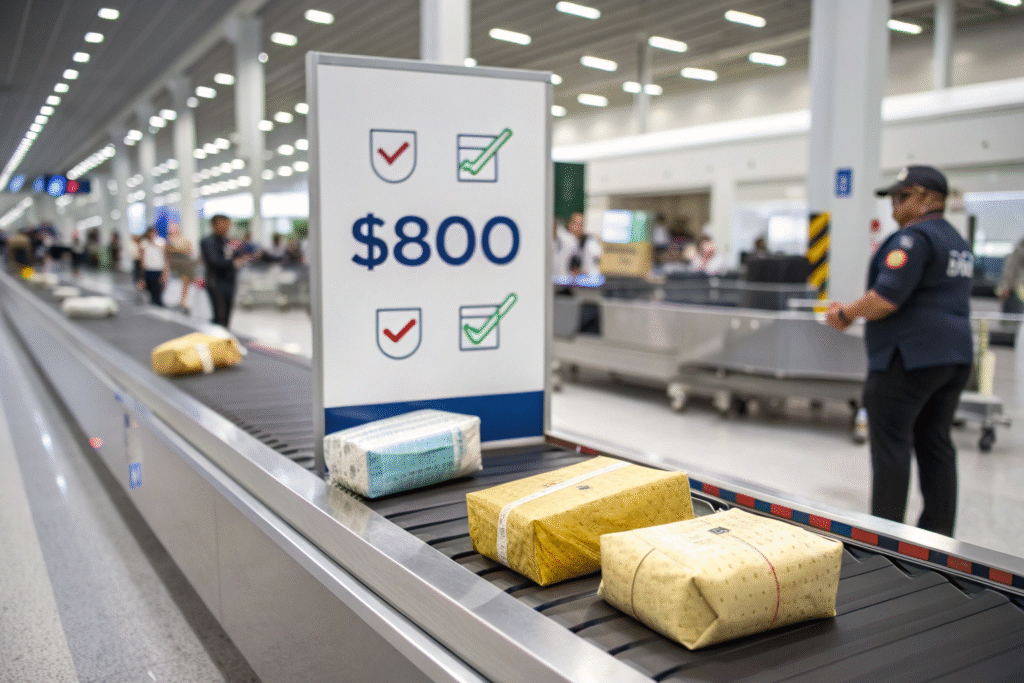
Why Was De Minimis So Popular for China Imports?
Because it offered:
- Zero import duties or tariffs
- No customs broker required
- Faster clearance with fewer inspections
Sellers on platforms like AliExpress and Temu used Section 321 to ship directly to U.S. buyers while avoiding costs that U.S. businesses faced.
Fulfillment centers in Hong Kong and southern China specialized in this method, aggregating thousands of daily orders.
How Did the U.S. Government React?
Lawmakers argued that Chinese e-commerce platforms had an unfair advantage and were hurting domestic retailers. In response, bipartisan bills like the Import Security and Fairness Act proposed removing China from de minimis eligibility.
As of July 2025, U.S. Customs now applies extra scrutiny to China-origin shipments and enforces taxes and duties on nearly all parcels—even under $800.
Why Are All China Shipments Now Taxed?
The change didn’t require rewriting the law—just stricter interpretation and data-backed enforcement. Customs now identifies patterns like:
- Multiple daily shipments from the same sender
- Consolidated packages split below $800
- Use of bonded warehouses in China or Mexico
These patterns trigger the “intent to evade” clause, allowing authorities to override de minimis and apply full import taxes. For many U.S. importers, this ends the era of duty-free low-value importing.
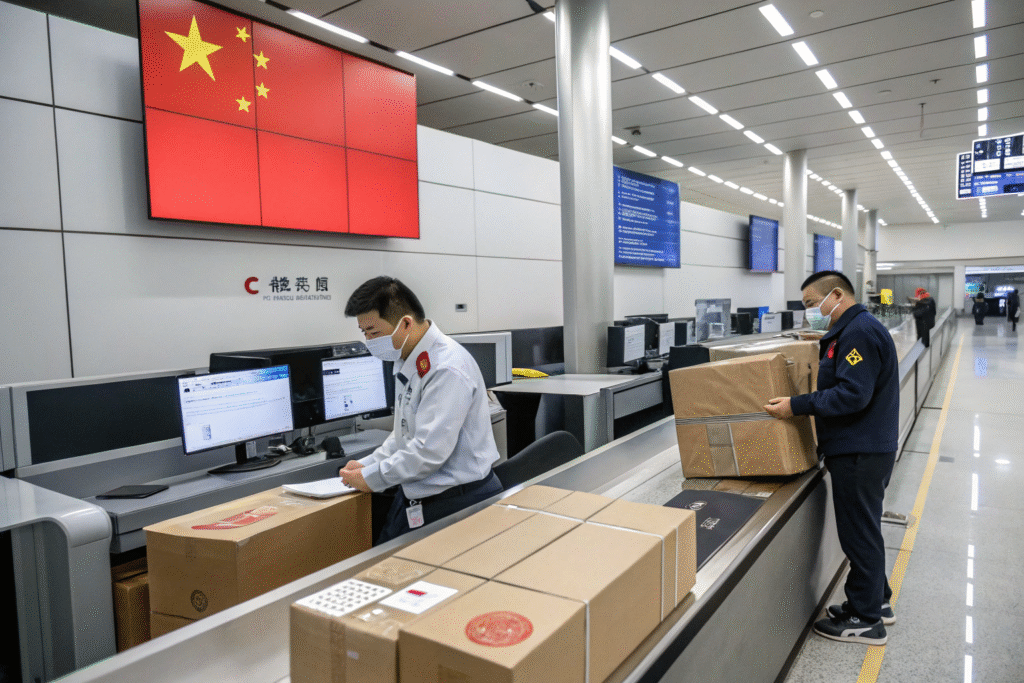
What Technologies Are Enabling This Crackdown?
CBP now uses:
- AI parcel tracking
- Commercial shipment detection algorithms
- Data from USPS, FedEx, and DHL on sender frequency
- HS code flagging for sensitive categories (textiles, electronics, batteries)
Carriers like UPS are now required to report more detailed sender data. Customs integrates this with its ACE Portal to flag suspicious under-declared or frequently split shipments.
Are All Countries Treated the Same?
No. The U.S. targets countries with high de minimis exploitation—especially China. While EU or Canada parcels may still enter duty-free under $800, Chinese packages are far more likely to be inspected and taxed.
This selective targeting is legally defensible under “risk-based enforcement” guidelines, according to the CBP compliance policy.
How Does This Impact Fashion and Accessories Importers?
If you’re importing clothing or hair accessories in bulk from China, you're likely affected—especially if you relied on split shipments under $800.
Expect additional duty costs, delayed deliveries, and stricter inspections. Your pricing model may need to adjust.

What Types of Goods Are Most Affected?
Products commonly flagged include:
- Garments with synthetic fibers
- Embroidered or labeled accessories
- Plastic or composite hair items
- Gift-boxed or branded items
These fall under regulated HTS codes, such as 6110.30 or 6506.10, that often trigger duty rates above 15% even for low-value imports.
For reference, check HTS code duty rates or use tools like SimplyDuty to calculate taxes on your items.
How Can Importers Stay Compliant?
- Stop under-declaring goods or splitting orders artificially
- Work with a freight forwarder who files correct HS codes
- Consider DDP shipping to pre-pay all taxes and simplify clearance
- Keep supplier invoices and payment proof for each transaction
At GeeseCargo, we help clients reclassify goods and use tariff engineering to legally reduce duties—like modifying packaging or importing semi-finished items.
What Role Do Freight Forwarders Play Post-De Minimis?
With de minimis benefits eroded, freight forwarders now play a bigger role in import compliance, cost control, and customs risk management.
We help clients move from low-value parcel strategies to structured import programs—complete with proper documentation, bonded warehousing, and optimized classification.
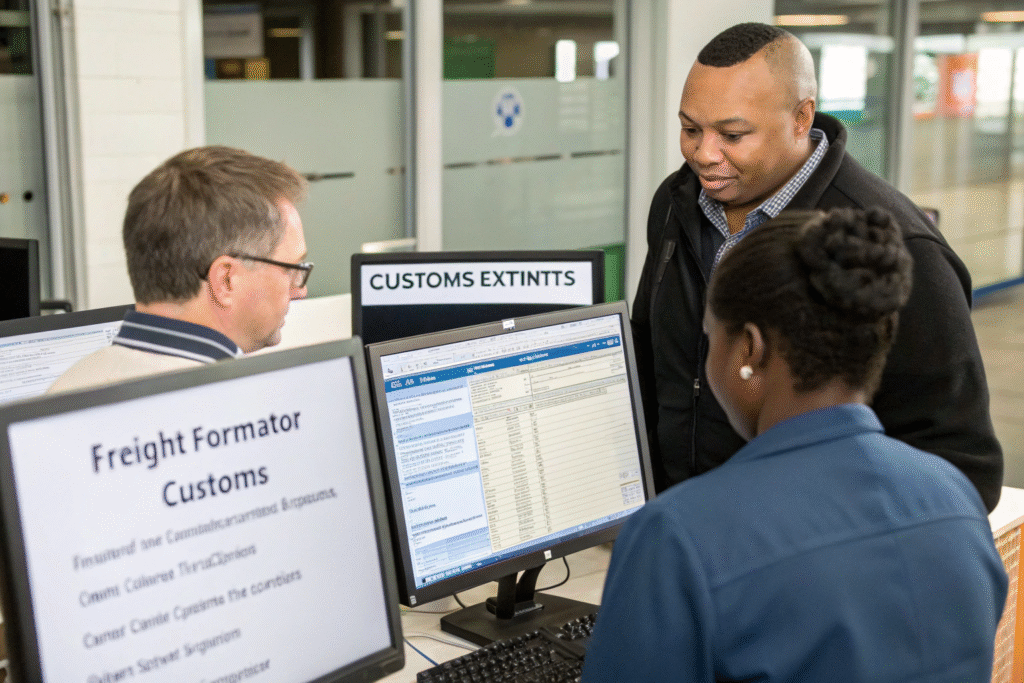
Is DDP Shipping the Best Solution?
For many clients, yes. With DDP (Delivered Duty Paid), we handle:
- HTS classification
- Duty/tax prepayment
- Entry filing
- Customs liaison
This removes compliance risk from the importer and gives predictable landed costs. DDP is especially useful for Amazon FBA, Shopify, and retail distribution models.
You can read more about DDP logistics and why it’s now a preferred mode for U.S. importers.
Can Forwarders Help Lower Tariff Burden?
Yes, through:
- HS code analysis and correction
- Repackaging or kitting to qualify under lower-duty subheadings
- Advising on U.S. trade programs like GSP or 9801 returns
For example, we helped a fashion brand shift from importing sewn bags (20% duty) to flat-packed materials (5.3% duty), saving over $30,000 annually. Legal tariff planning is now essential post-de minimis.
Conclusion
The $800 de minimis rule gave small and mid-sized importers a major cost advantage—especially from China. But as of July 2025, that loophole has closed. U.S. Customs now taxes nearly all China-origin shipments, regardless of declared value.
At GeeseCargo, we help clients transition from the old model to smarter, compliant logistics strategies. With proper documentation, DDP terms, and tariff planning, your supply chain remains profitable—even under the new rules.
Don’t wait until penalties hit. Let’s build a customs-smart import strategy that protects your margins and keeps your business moving forward.
